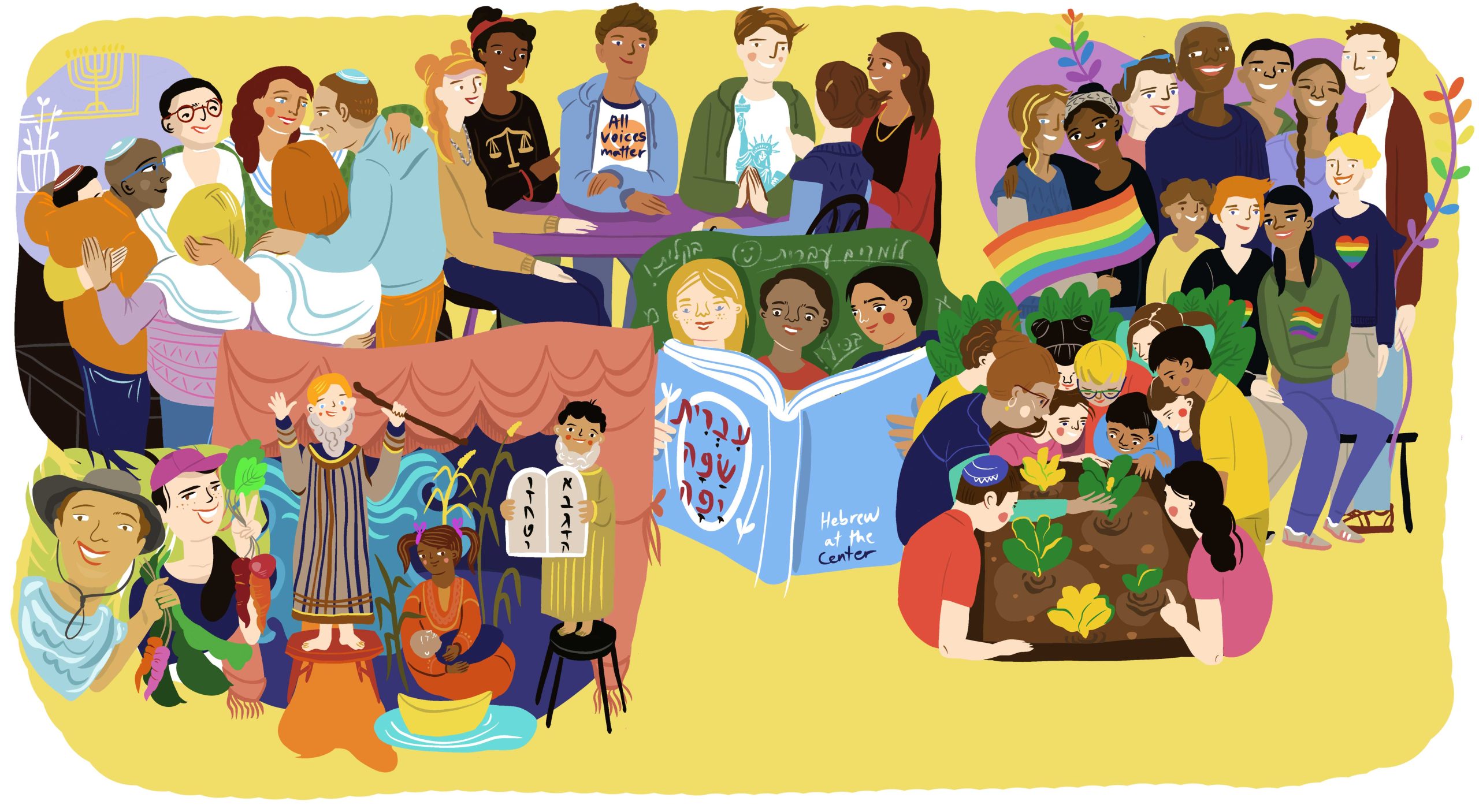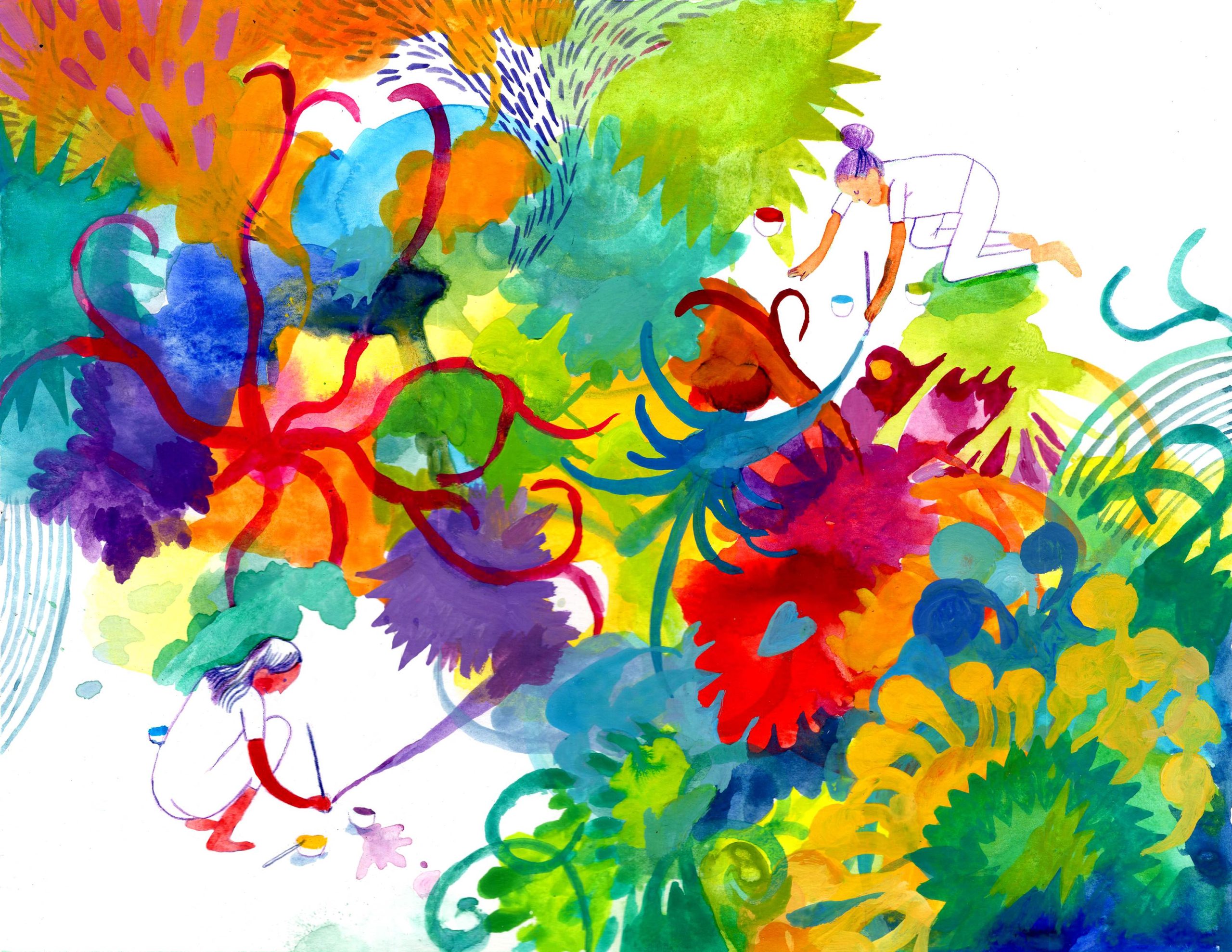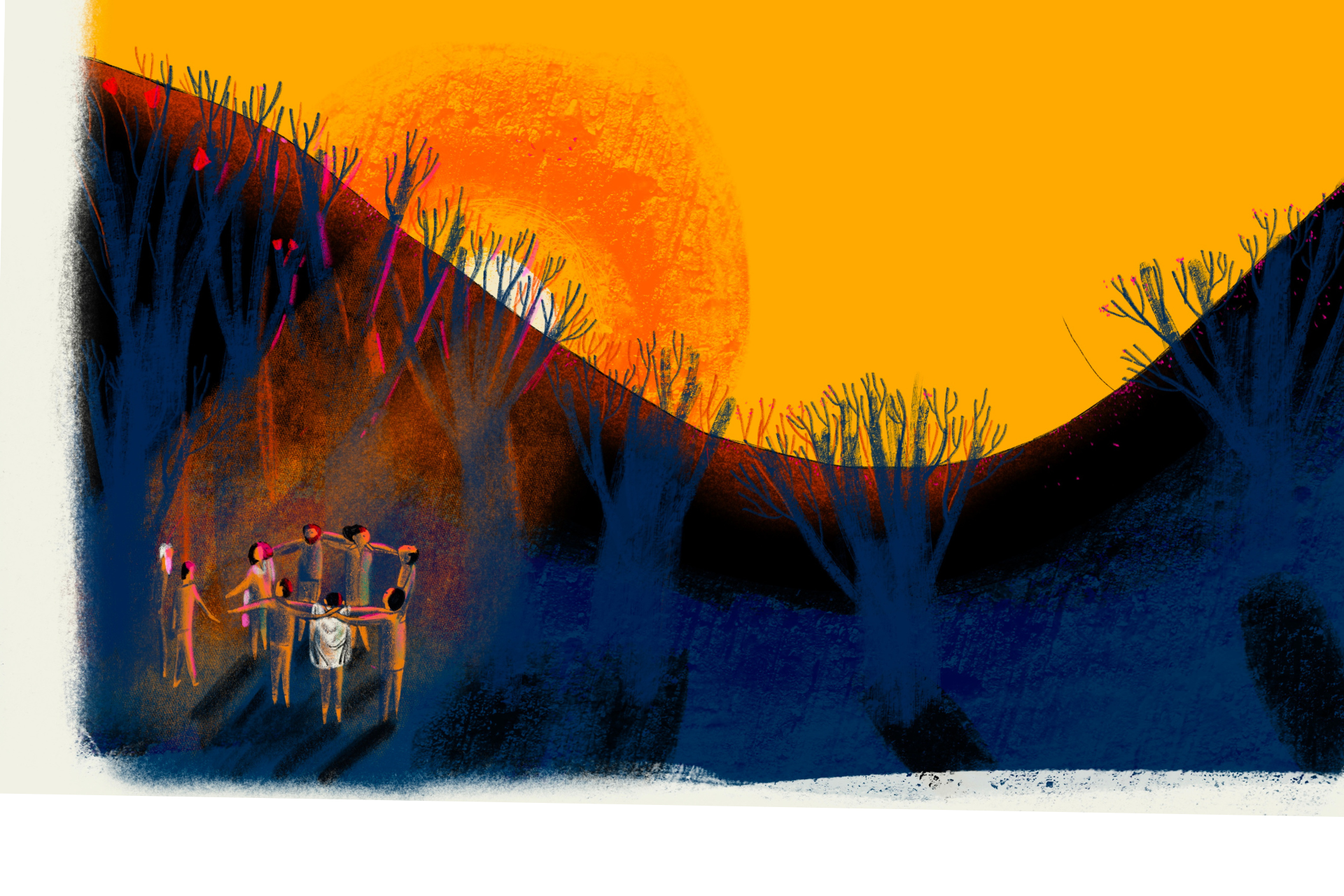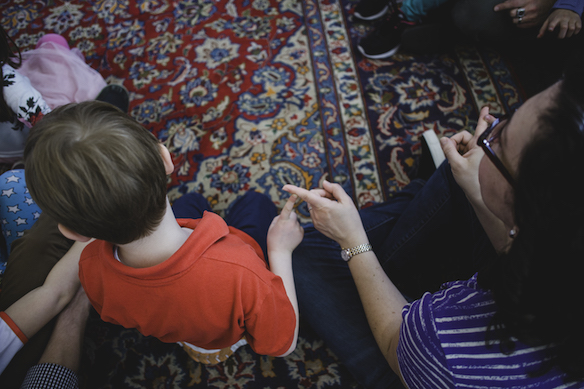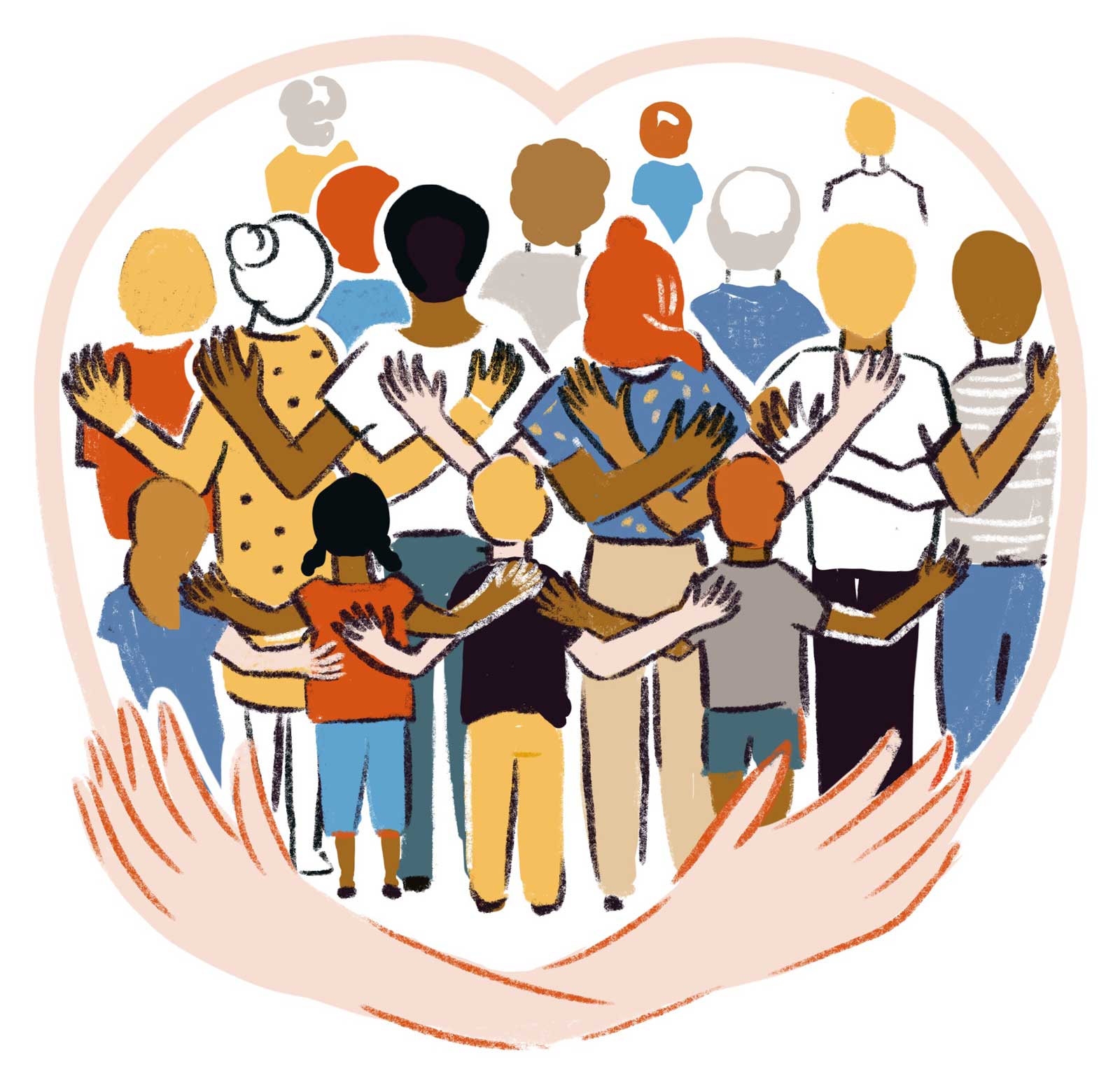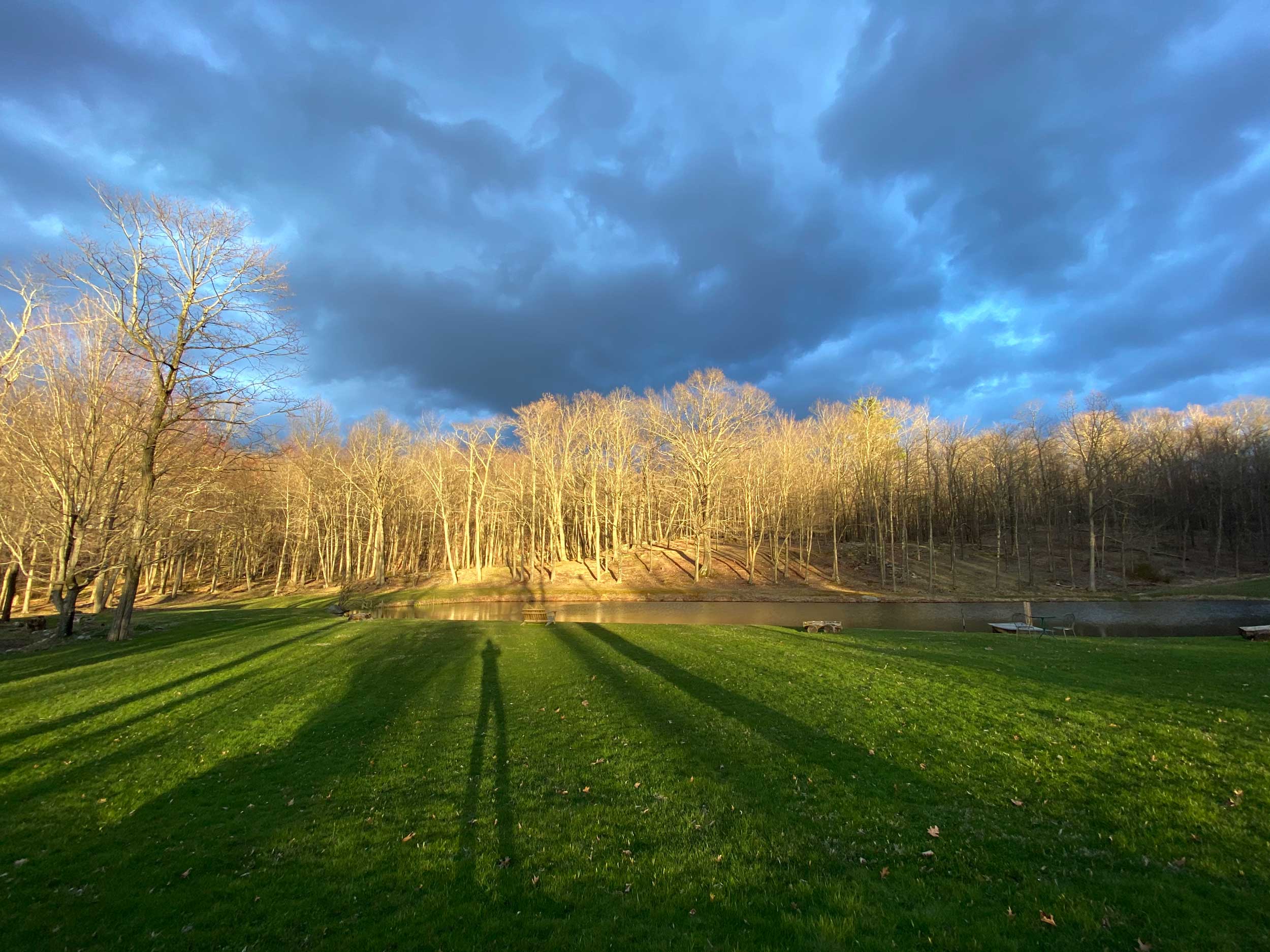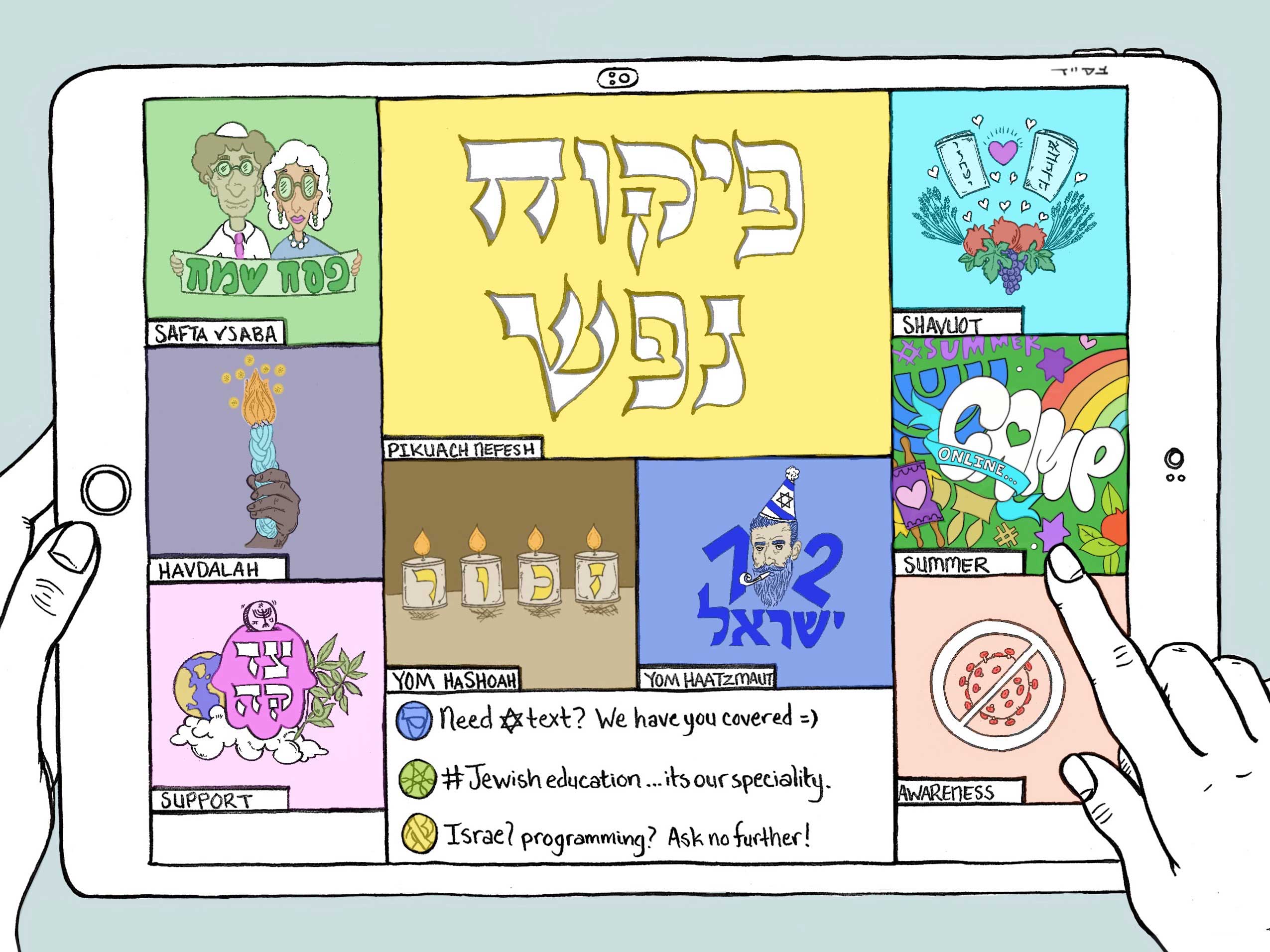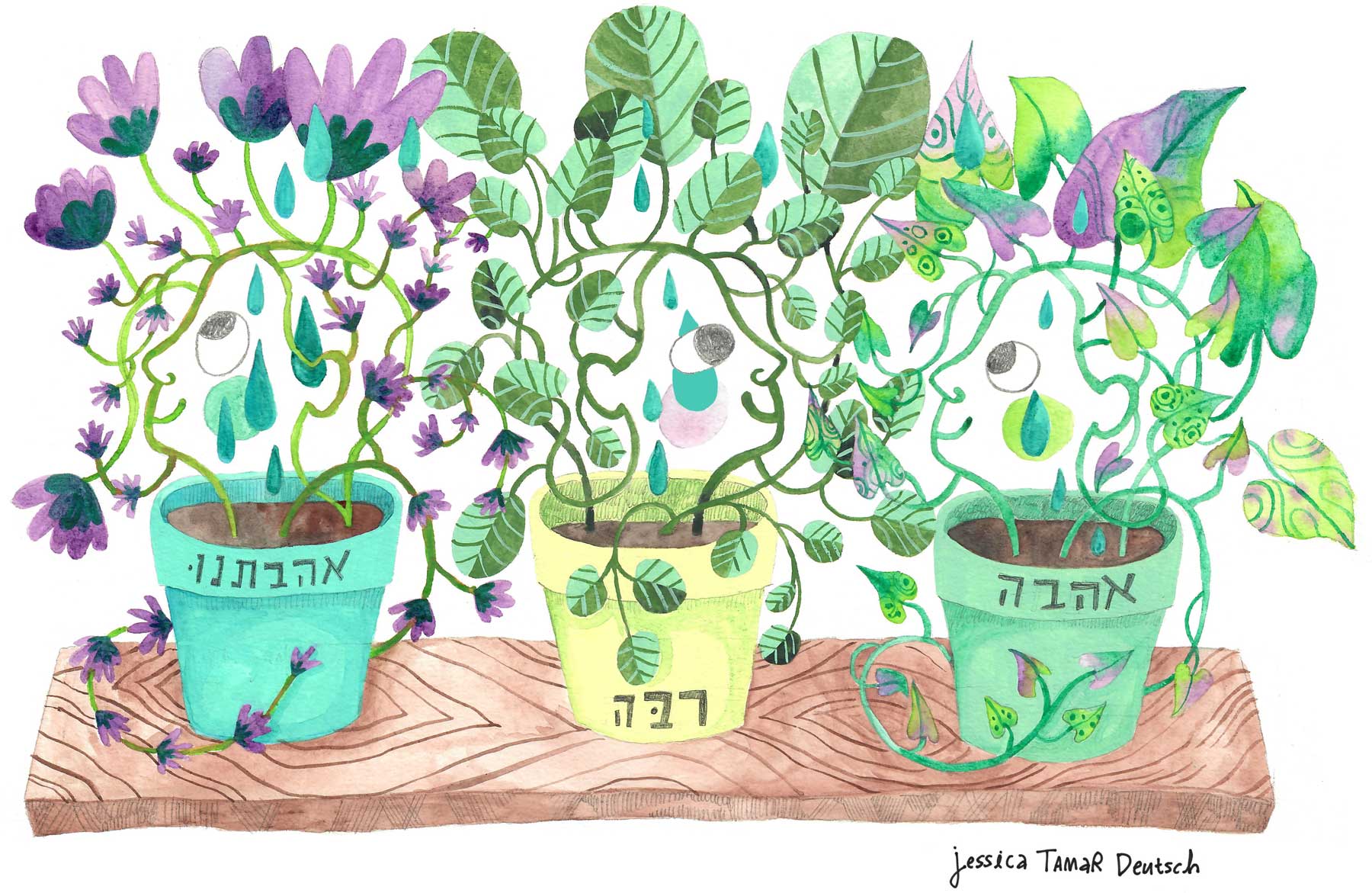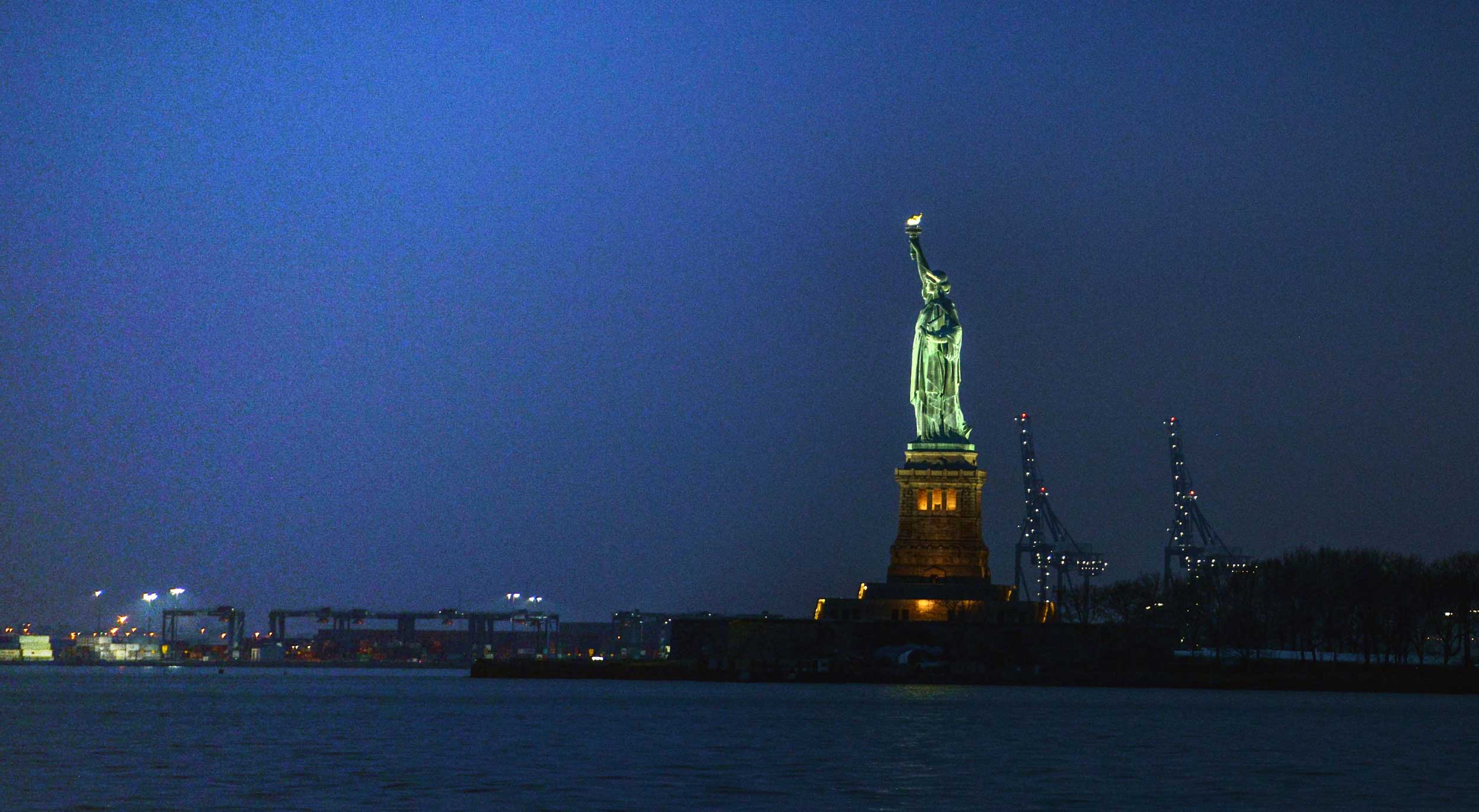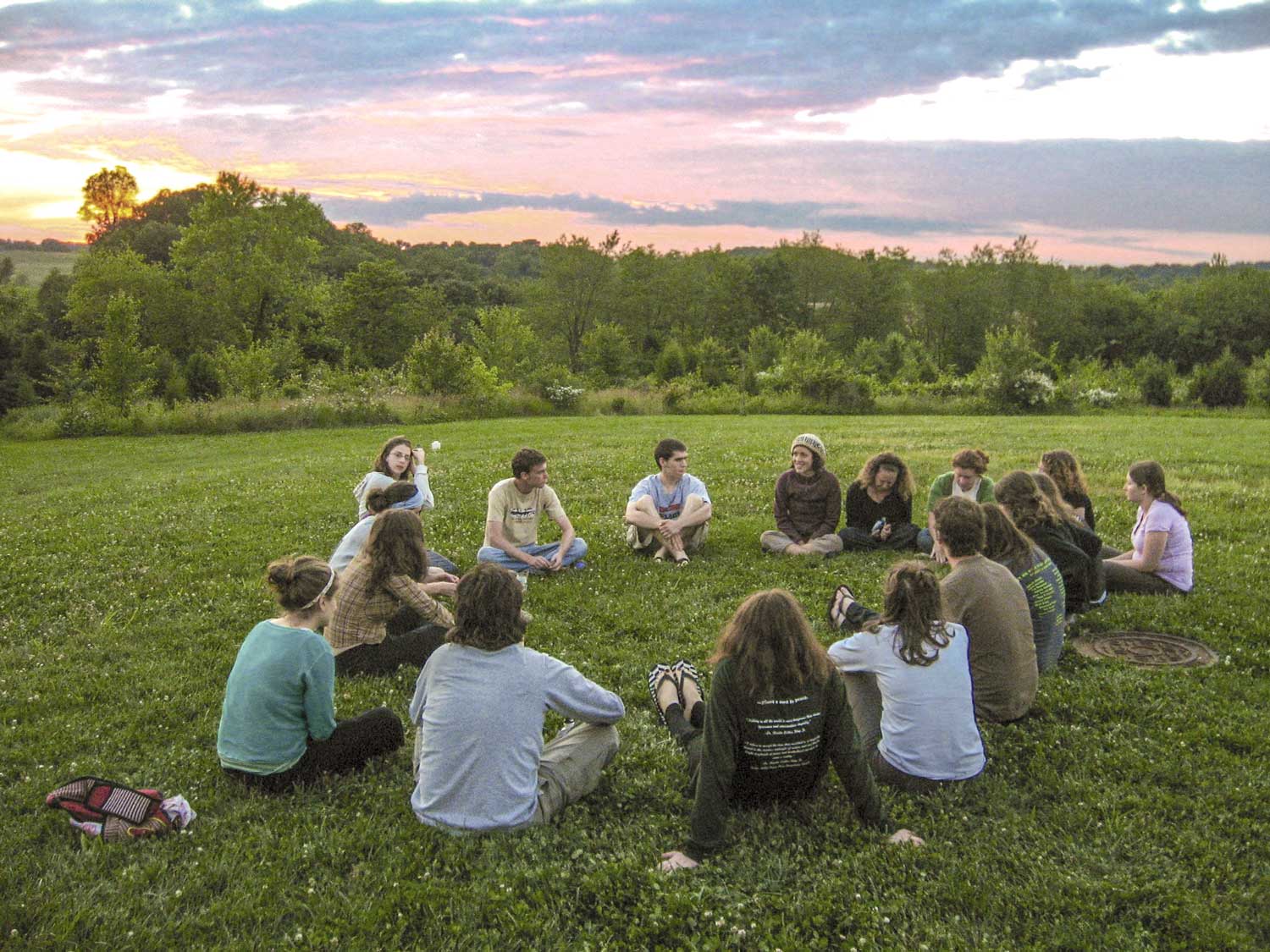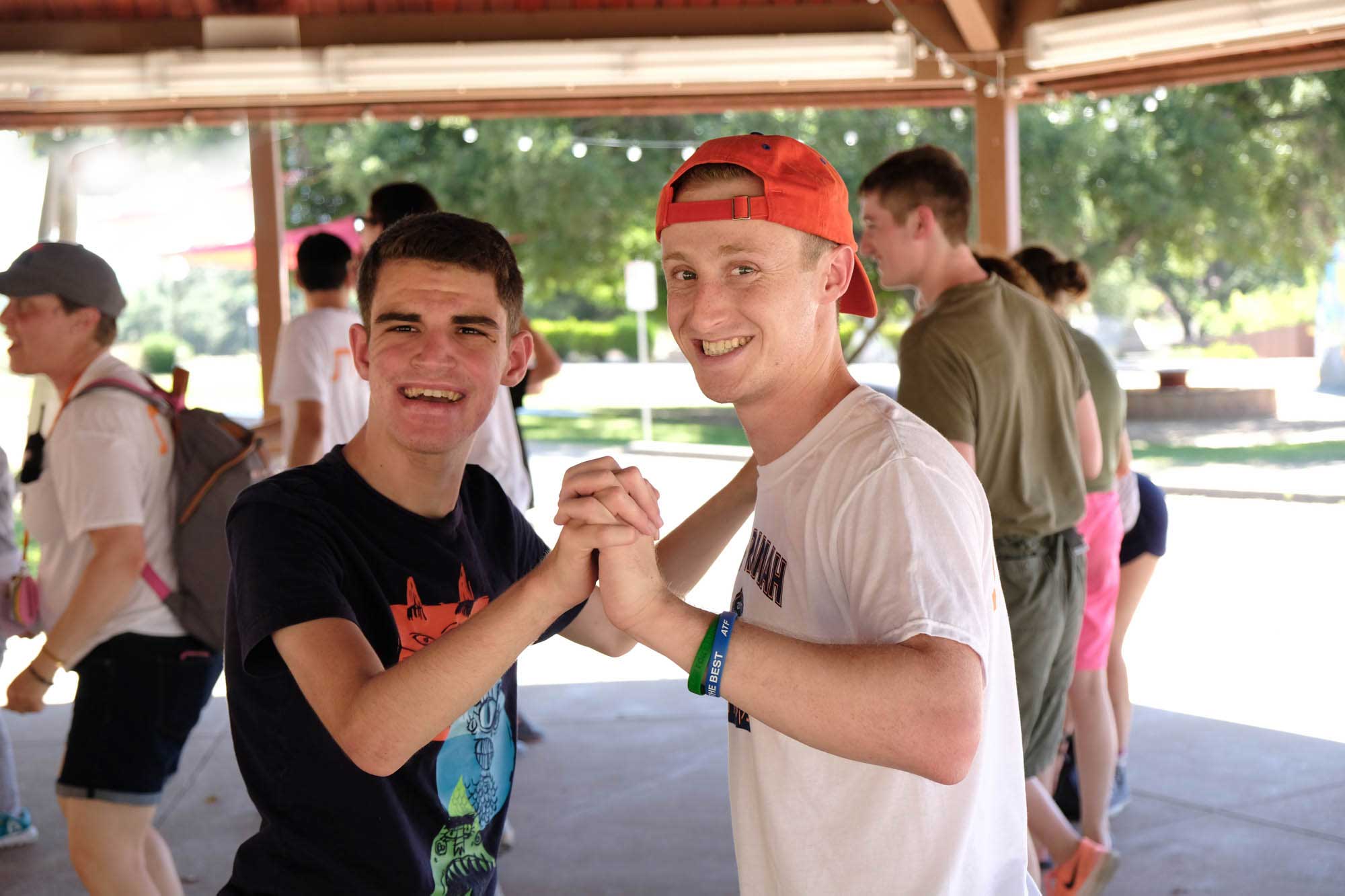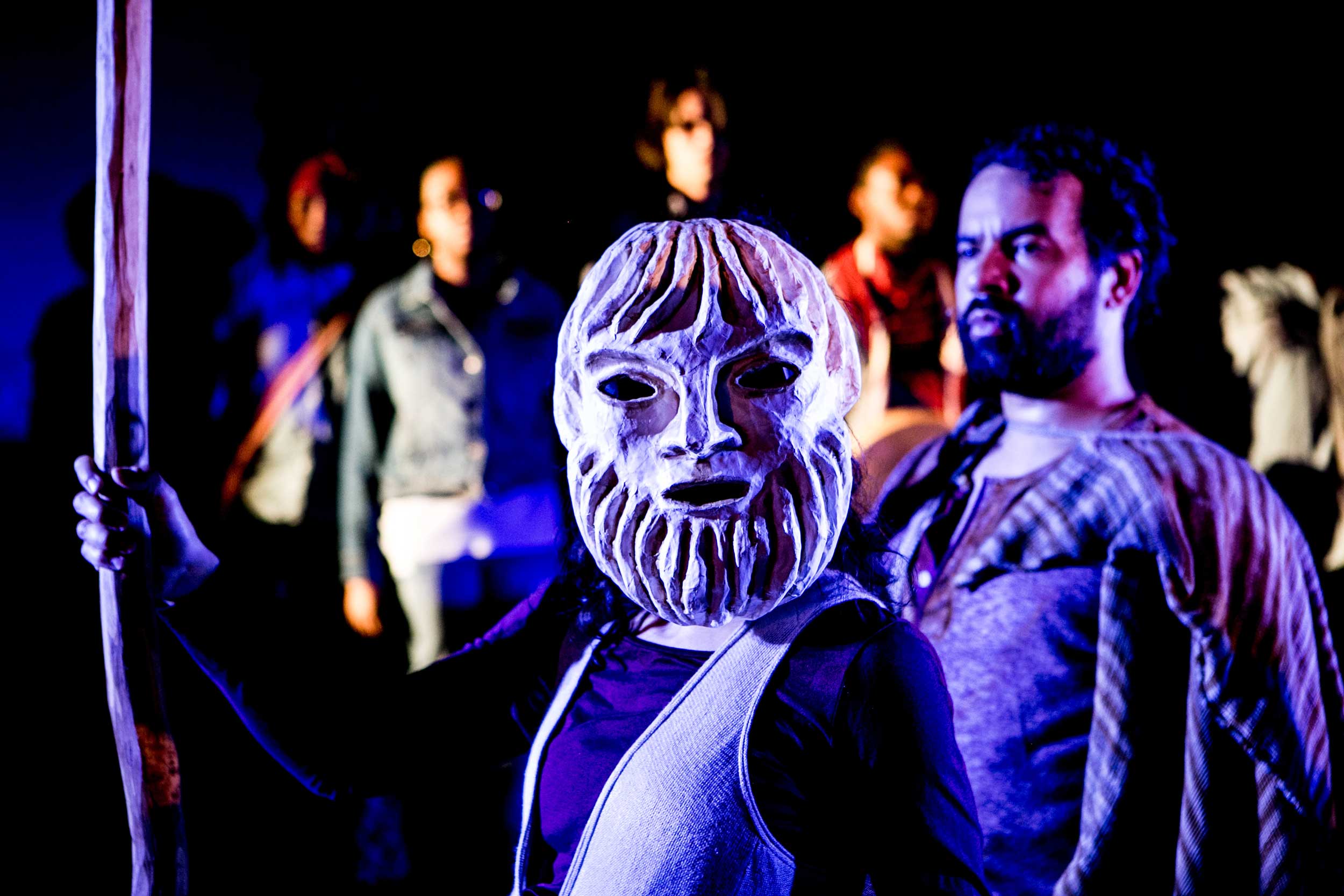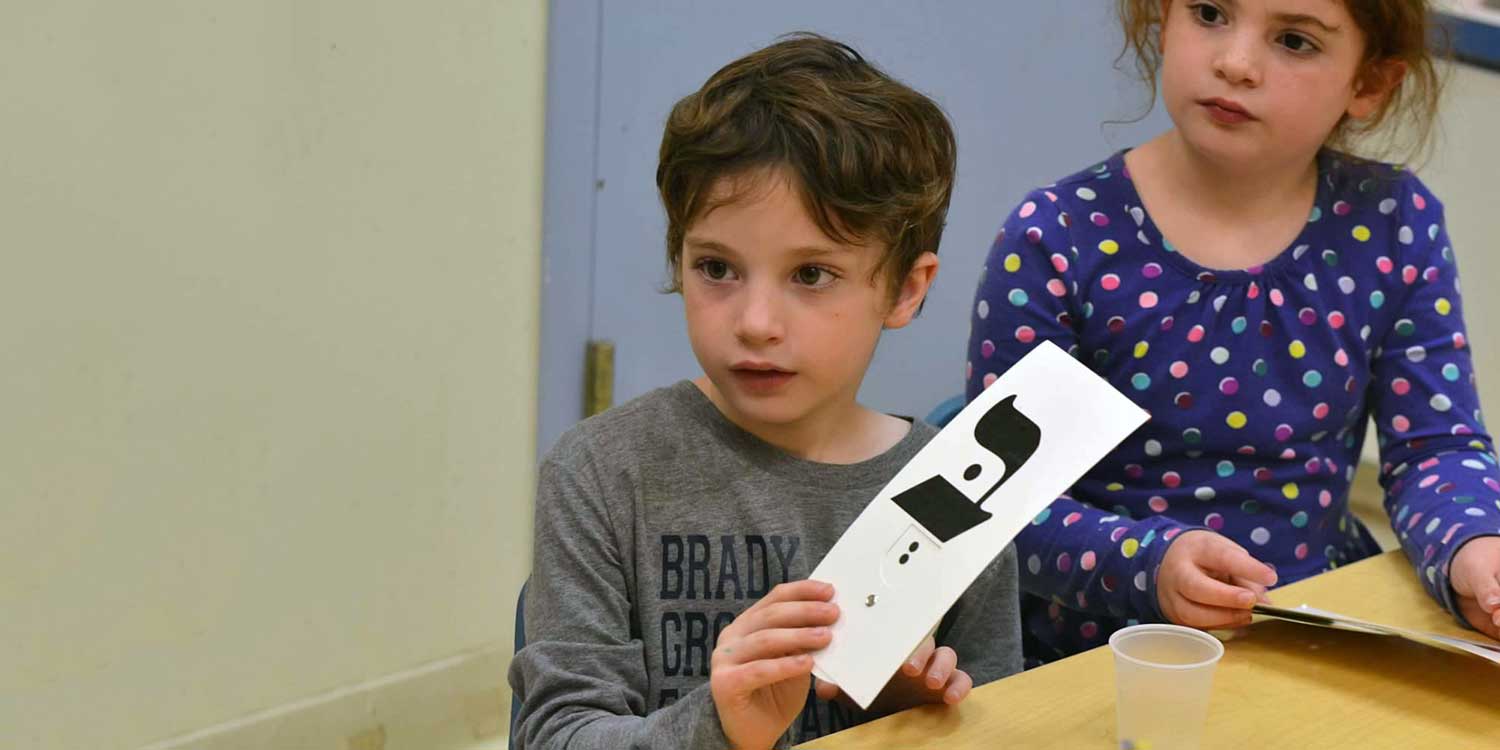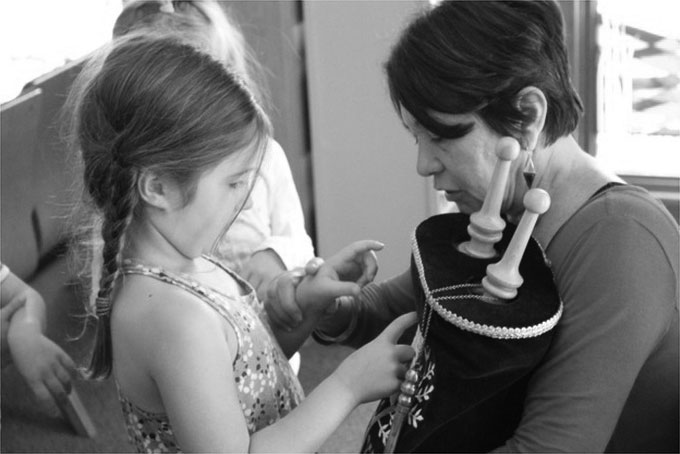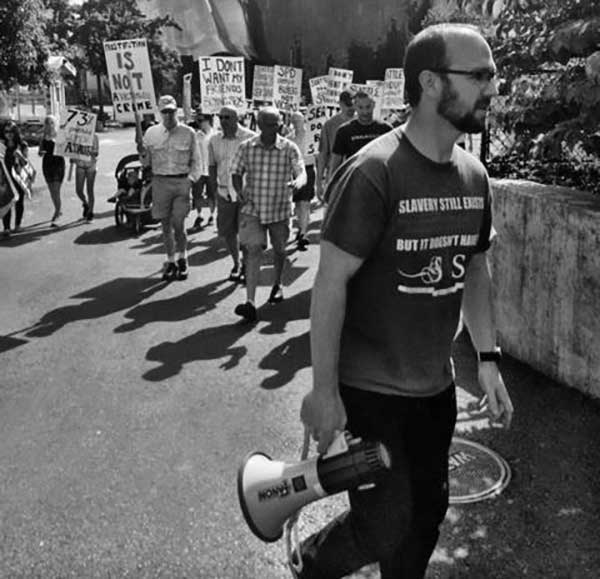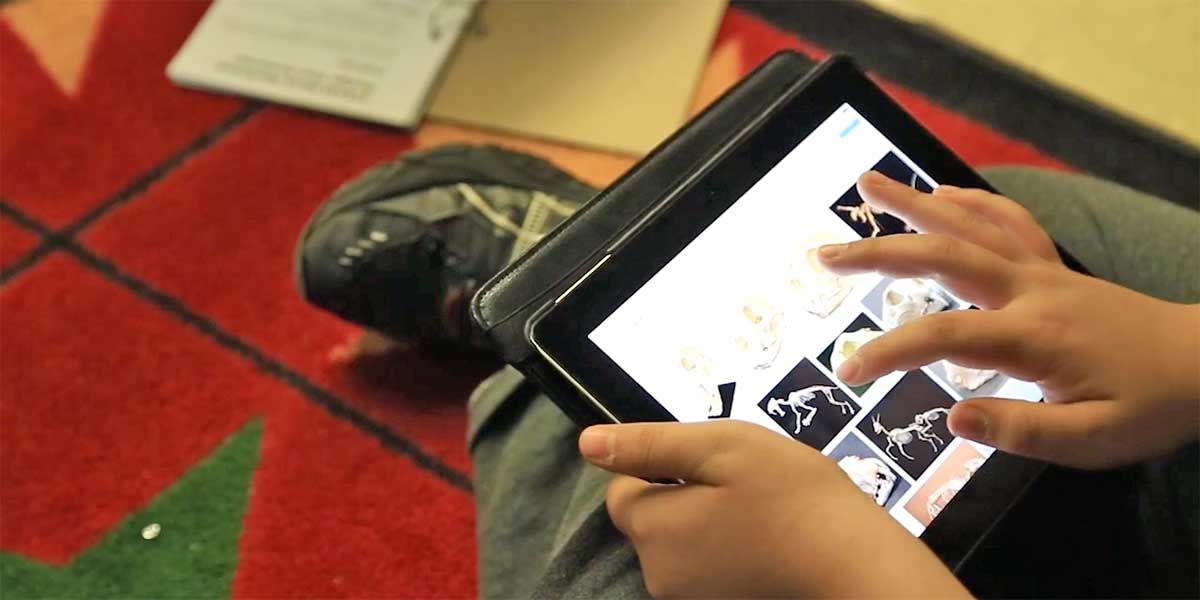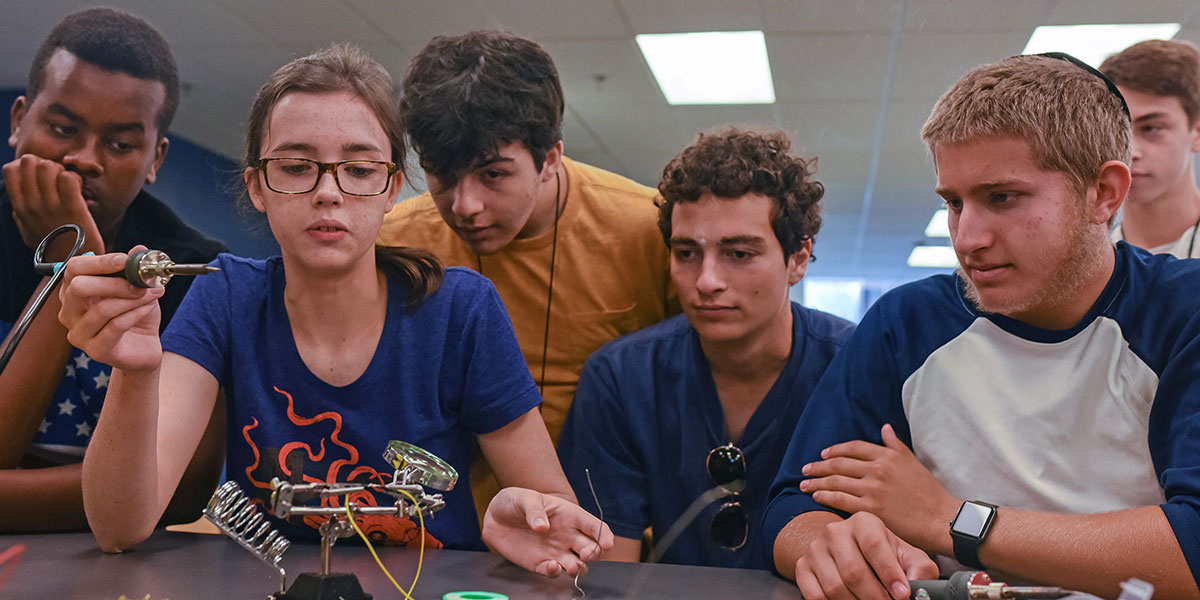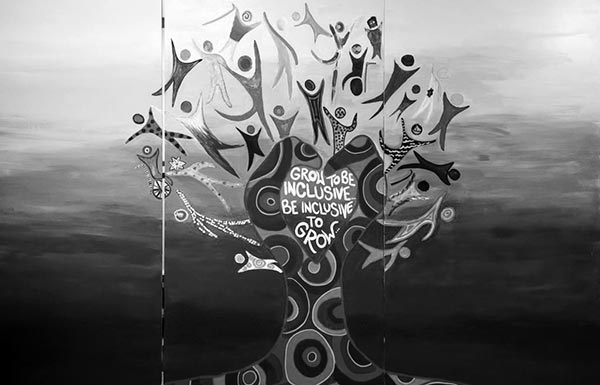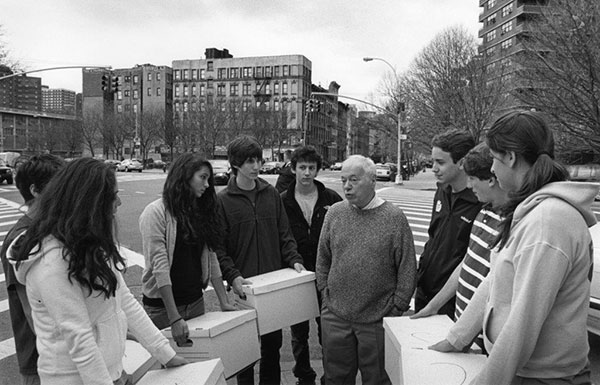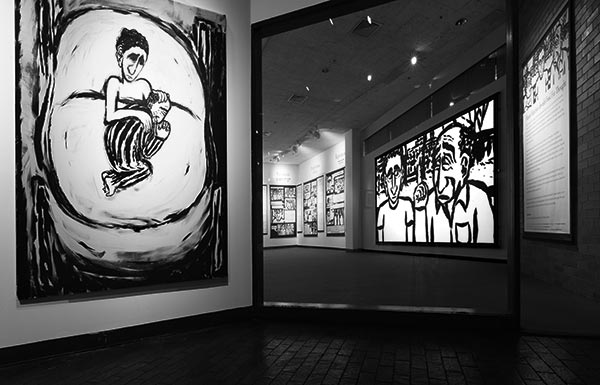
ARTICLE Digital Storytelling: A Conversation with Sam Ball
Sam Ball, co-Founder and Director of Citizen Film in San Francisco, has long had a keen interest in the ways in which film and new media can encourage people - particularly teens and young adults -to explore their religious, ethnic, and social identities. In 2002, The Covenant Foundation funded The New Jewish Filmmaker Project, in which more than 50 emerging Jewish storytellers/filmmakers ages 15 to 25 collaborated with a team of documentarians to create short films based on their personal stories. The project gained local, national, and international exposure through appearances on public television, screenings at more than 1,000 high schools across the country, and distribution through Jewish and secular film festivals, Jewish museums, libraries, and community centers. In all, these new films have been viewed by over 100,000 people.
More recently, Citizen Film joined with Columbia University to launch The New Media in Jewish Studies Initiative, which helps Judaic Studies professors incorporate new media tools and digital storytelling into their teaching, student assignments, and scholarship. The project was launched with a Covenant Ignition Grant, and received additional funding from the Jim Joseph Foundation. During the initial pilot period, professors Deborah Dash Moore at the University of Michigan and Noam Pianko at the University of Washington developed plans to reinvent two of their courses using new media and digital storytelling. Sam Ball recently spoke with The Covenant Foundation about the impact that teaching with digital media had on the professors and their students, and the broader impact he thinks such projects can have on Jewish education and the wider Jewish community.
What was the inspiration for The New Media in Jewish Studies Initiative?
Jewish studies has lagged behind a lot of humanities disciplines in embracing the idea that scholarship and teaching that uses traditional textual methods isn’t really serving the needs of people in undergraduate programs today. We’re in the middle of a cultural turn towards using different forms of media as text and as part of an academic learning experience. Nobody really knows yet where we are in this turn or where it is headed; we just know that we’re in this turn. A number of campuses are starting to recognize and invest in that cultural turn. However, Jewish studies was not one of those humanities fields that had embraced new media and non-traditional texts as a way to teach, research, and encourage students to do something with their research.
How would you define “new media?”
When we approached The Covenant Foundation, we originally used the term “digital storytelling,” but we found that the term did not fully encompass the range of projects we were doing. For example, the Facebook photography project we did around the sukkah is new media in the sense that it’s a form of creativity that would not have been possible prior to Instagram. So in this case it’s an Instagram project that’s able to migrate into different digital forms. I’m not entirely comfortable with the term “new media,” but it’s a term that people understand more easily when we talk about the work that we’re doing.
The fun thing about the Jewish Studies project is that we’ve been able to work with a wide range of people in terms of the focus of their research, what they’re interested in teaching, and their technological skill level. Our early theory going into this project was that people have more media skills than they realize; it’s just such a part of our culture, working and communicating online. So it doesn’t take a high level of technical aptitude to create something that has a high level of content interest and communication richness.
What are some examples of the work that’s been done through this project?
One project that’s been very successful is a collaboration we started with Deborah Dash Moore at the University of Michigan, where she had been teaching a traditional course on the history of Jewish photographers in the 20th Century. This is one of several examples where we’ve taken an existing course and completely reimagined it as a new media production course. For example, at the end of the year, each student had to create a portfolio about a particular body of work - such as “The Americans” by Robert Frank - by doing a series of creative exercises. The students had to create a plan for taking pictures inspired by Robert Frank. They also had to ask themselves what speaks to them about Frank’s work, what they know from researching his work about his process, what he was doing culturally, and how his Jewish heritage might have played into how he saw the world and used photography to make sense of and act upon that world. Each student chose a different photographer; the students then found ways to explore their own personal experience through the reading they’d done and the inspiration of the photographer they had chosen. They came up with some really creative ways to a) take pictures and b) use their picture-taking process to make sense of the current moment and how it was impacted by this iconic work that took place primarily by American Jewish photographers in the 20th century.
The creative projects are a way for students to synthesize the reading, and also to get them to work closely with each other. The idea of working with a colleague is built into the production plan. Once the work is complete, it’s shared so that there’s engagement with the audience. One of the activities we designed for this project was shown in the Bay Area by the Contemporary Jewish Museum. How exciting that an activity developed for freshmen at the University of Michigan is completed by more than 200 students in the Bay Area because they came into contact with it at a photography exhibition. That was a good example of the ways in which the seamlessness of new media can be harnessed to take a good idea and adapt it to a new context.
Initially, Professor Moore did not think of herself as a New Media practitioner. However, we pointed out to her that she had designed a well thought out website for the Frankel Institute at the University of Michigan, so she was clearly thinking about this culture in an organized way with a mission and goals in mind. The same skills that allowed her= to be successful as a Program Director, a scholar, and a public intellectual are actually the skills that can be applied to new media. We also told her that we’re much more interested in those collaboration skills than we are in the ability to write code. Rather than trying to invent new platforms or new tools, we’re trying to harness what’s already ubiquitous within the culture and put that to use in an academic setting. Another big goal of this project going forward is to try to build bridges between the academy and community by creating work that’s in a lingua franca as opposed to something that only has utility within the four walls of the academy.
Another example is Noam Pianko, the Director of Judaic Studies at the University of Washington, who turned a traditional Jewish American History survey course into a media production course. In a traditional survey course, students show that they’ve understood history chronologically. We worked with Noam to make this class story-based; each student is assigned a story that’s a way into all of the historical issues that are being explored in the class. So the students essentially do the same reading, but they also have the opportunity to delve into historical people, most of whom were ordinary people living in Seattle. By telling the stories of those ordinary people, the students develop a sense of the relationship between these larger historical and cultural forces and what it meant to live at that time. I think that history becomes a lot more powerful and interesting because of that.
Again, in terms of connecting the academy to the community, that project received a Jewish Federation grant, and the Pacific Northwest Jewish Archive is a partner. Our goal is to take this archive that had been sort of languishing, with very few people looking at it, and start to digitize it and make sense of it by remixing it. Doing so gives the students the sense of contributing to a larger culture rather than just doing assignments that are turned in for a grade.
What are your future plans for this project and other similar projects?
There are three ways that we’d like to deepen and expand the work. One is to build on those projects that create bridges between the academy and the community. So, for example, we would continue working with Deborah and expand the impact in a Phase II by finding more institutional partners, thereby creating more opportunities to collaborate to push student work out. We would also work closely with Deborah to translate her own ideas into these visual forms, since a project about photographers inherently lends itself to online expression where there’s interactivity between images and words. Taking the four or five most successful projects and building on them to help the scholar find a voice through new media is quite exciting.
A second way is to continue building the community of scholars and to start having each person be an ambassador within his or her subfield of Judaic Studies. We want to give historians, like Deborah and Noam, more of a profile as public intellectuals; perhaps more importantly, we want to give a broader profile to their work, so that we move beyond scholarship just for scholars. In addition, because they constantly work with other historians, we want to find ways to seed projects in other history departments, those that are just waiting for the phone to ring because they’re set up to help faculty embrace new media tools. The resources exist within the university, so we want to position Jewish studies at the forefront to use those resources.
Finally, we’re interested in getting graduate students involved in new media production and teaching, so that we start to permeate Jewish studies departments. Most of the people who get doctorates in Judaic Studies don’t go on to become Jewish studies professors. Instead, a significant percentage of them wind up as cultural programmers at Jewish institutions, who inherently have roles as ambassadors to the community. Therefore, by training graduate students, we hope to infuse the idea that there’s creative work to be done using new media tools that can also have a high level of Jewish content.
Any final thoughts about the role of media and culture in Jewish life?
The Jewish establishment sometimes considers culture to be secondary, something nice but less important than twenty other things. However, I see it as so essential to Jewish identity at this time, in this part of the world, and probably everywhere. Culture and art are essential to a well-lived life for everybody, perhaps especially for Jews because it’s the one glue that holds all of us together.

